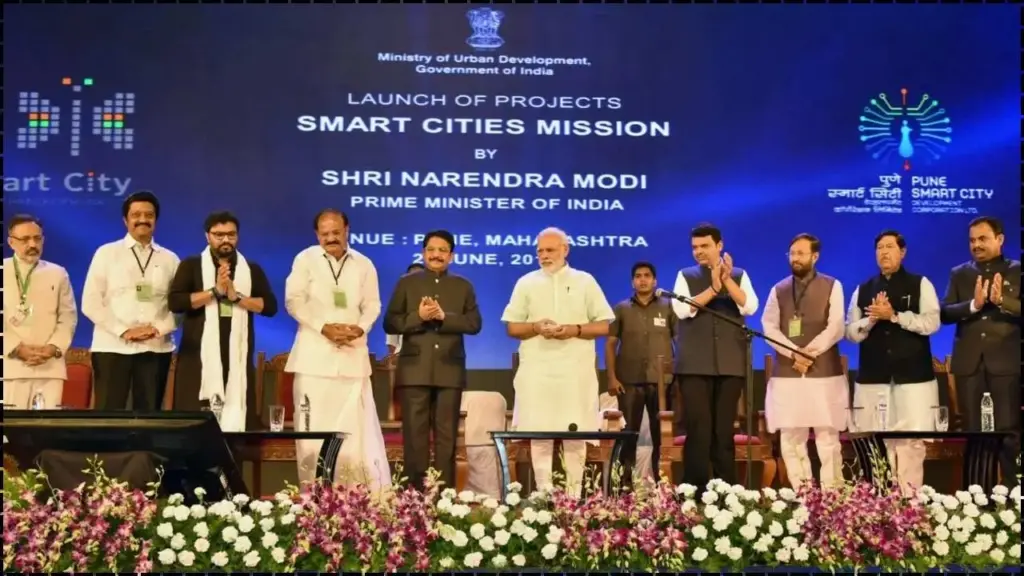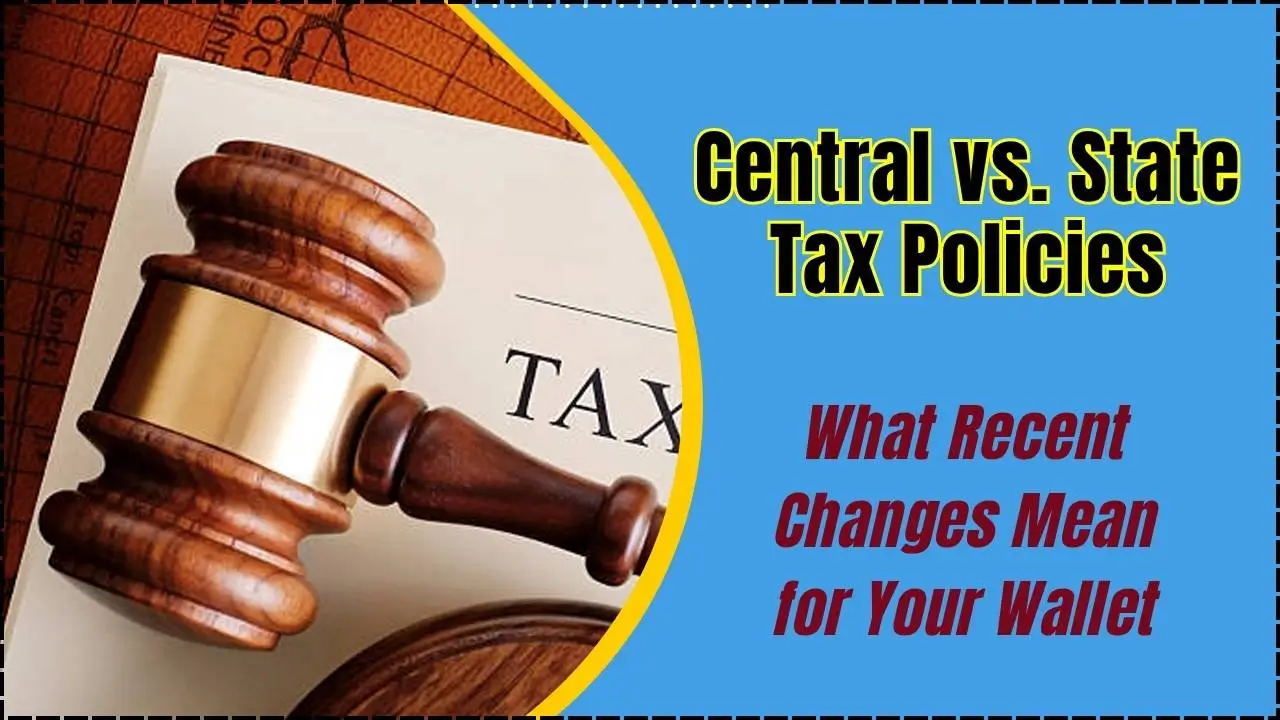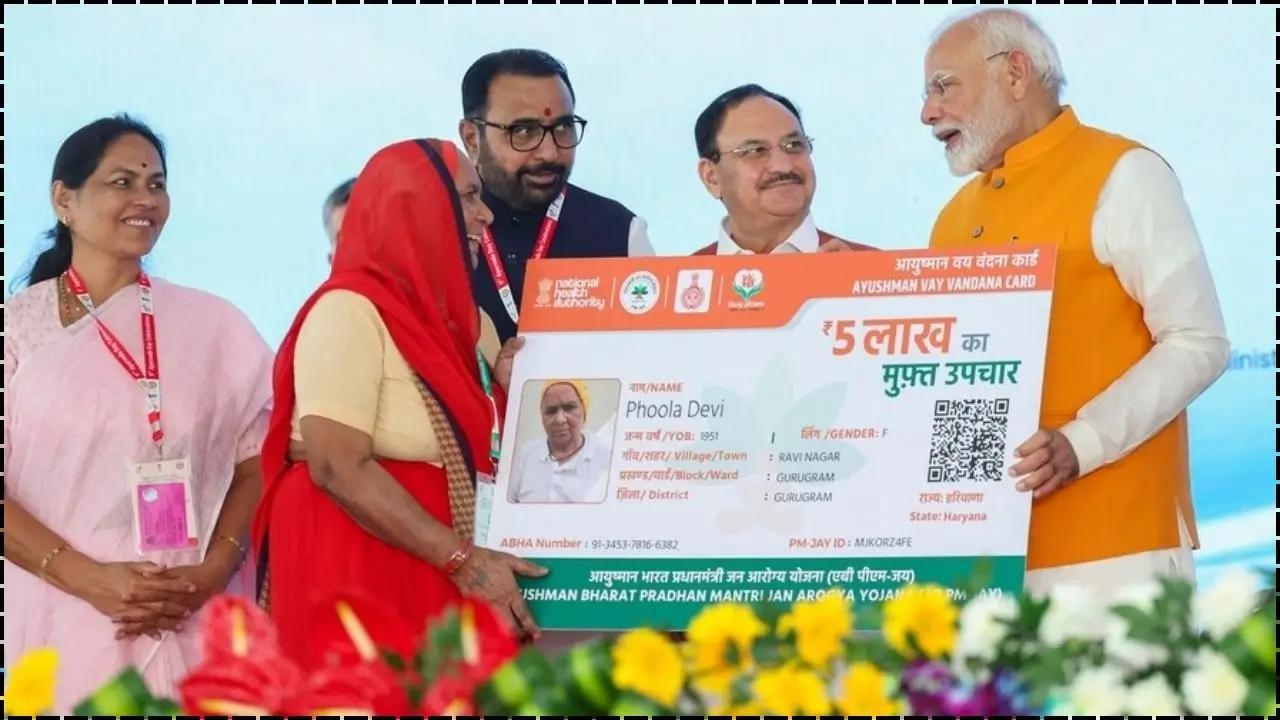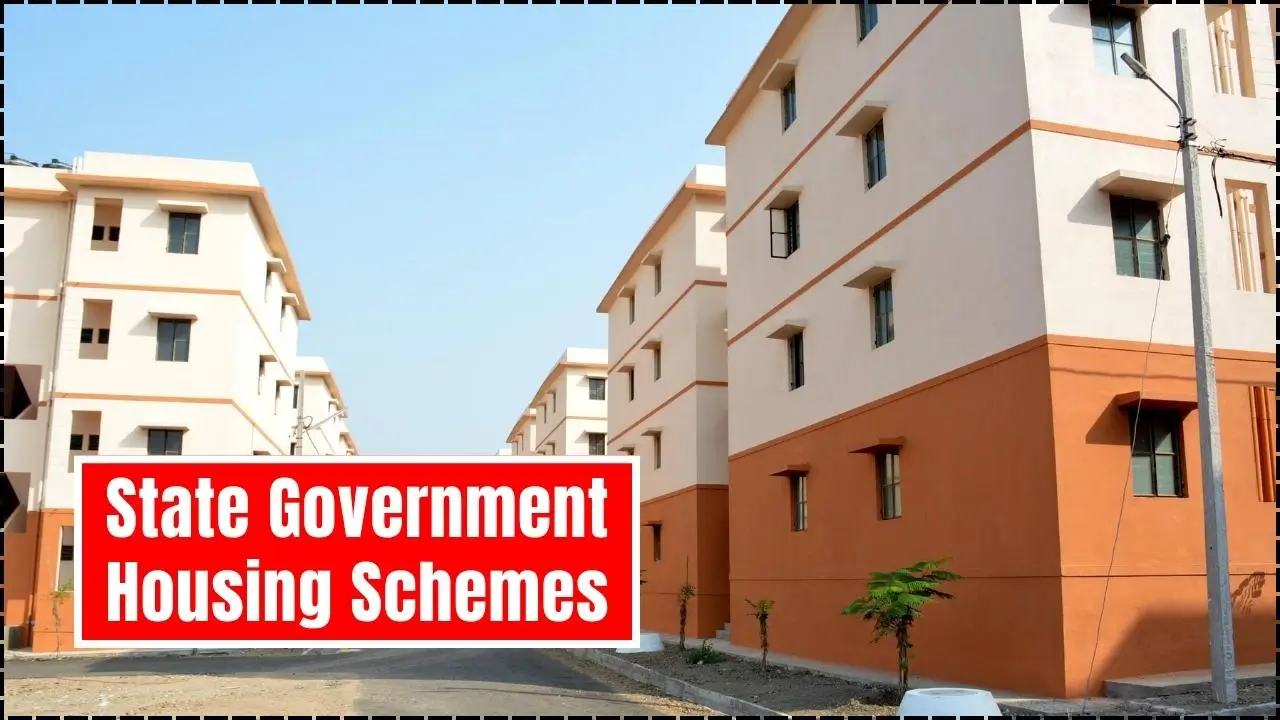India’s Smart City Mission, launched in 2015, is entering its final phase, but its legacy depends increasingly on state governments. While the central government provided the framework and seed funding, states are now steering urban transformation through fresh policies, financial support, and governance reforms that are reshaping how cities grow.

This decentralized approach offers an opportunity to tailor urban growth not merely as a technological upgrade, but as a crucial drive for social justice and an enhanced quality of life that genuinely reshapes cities into resilient, responsive, and humane spaces for every citizen.
The Smart Cities Mission has transformed India’s approach to urban growth, but its future lies increasingly with states. Their policies, funding, and governance choices will determine whether smart city innovations become sustainable models or remain isolated experiments. As the mission’s central timeline closes, states are set to play a decisive role in shaping India’s next generation of cities.
Smart City Mission: A Decade of Change
The Smart City Mission was designed to modernise 100 cities with improved infrastructure, digital services, and sustainable urban practices. As of mid-2025, the Ministry of Housing and Urban Affairs reported that over 94 per cent of the 8,067 projects had been completed, with an estimated investment exceeding ₹1.64 lakh crore (Ministry of Housing and Urban Affairs, India).
However, not all cities advanced evenly. Only 18 cities met their full targets within the original timeframe, while others scaled back plans due to funding gaps, administrative delays, or logistical challenges. The mission has nevertheless introduced structural changes in how Indian cities approach planning, governance, and digital integration.
State Governments Step Into the Forefront
Policy Innovations and Institutional Changes
Several state governments have introduced new institutions to support smart growth. Karnataka established the Greater Bengaluru Authority, tasked with overseeing urban planning and coordination across the metropolitan area. Similarly, Uttar Pradesh extended smart city development to additional municipalities beyond the central list, demonstrating how states adapt the mission to their unique urban needs.
Financial Commitments and Co-Funding
States are allocating additional resources to sustain projects beyond the central mission. In Uttar Pradesh, the government recently approved ₹100 crore each for seven cities to upgrade water, waste, and transport services (Times of India, March 2025). These injections illustrate how states are maintaining momentum while central support winds down.
Tailored Priorities
Urban strategies vary by state. Goa has emphasised smart meters and energy monitoring, with regulators demanding progress reports within strict timelines. Meanwhile, Kerala announced the Palakkad Industrial Smart City, integrating industry-focused development with urban infrastructure. Andhra Pradesh showcased its “Golden Mile” in Vijayawada, blending digital connectivity with urban design.
Impacts on Industry, Jobs, and Daily Life
Urban Infrastructure Gains
State-backed projects have accelerated upgrades in transport, sanitation, and energy management. All 100 smart cities now operate Integrated Command and Control Centres (ICCCs), serving as digital backbones for real-time monitoring of utilities and services. These systems are increasingly tied to state disaster management, traffic regulation, and crime prevention.
Industry and Local Innovation
The mission has stimulated demand for sensors, software, and engineering services, offering opportunities to domestic technology firms. States that promote local industry—for example, by sourcing smart devices from Indian manufacturers—are likely to capture greater economic benefits.
Employment and Skills
New projects are creating jobs in civil engineering, IT, and urban management. States are also partnering with universities and training institutes to prepare workers for roles in data analysis, IoT, and system maintenance. However, urban policy experts warn that without inclusive planning, smart projects risk deepening inequalities in cities where informal settlements lack basic infrastructure.
Related Links
Register for Odisha Digital Health ID Card Online: Complete Process Explained
Apply for Rajasthan One Nation One Ration Card Online: Step-by-Step Process
Check Andhra Pradesh PM Surya Ghar Muft Bijli Yojana Benefits Online: Here’s the Process
Persistent Challenges
Despite progress, several issues remain. Delays and cost overruns have been common, particularly in smaller cities with weaker administrative capacity. Critics argue that the Special Purpose Vehicle (SPV) model—created to bypass municipal red tape—sometimes reduced transparency and limited citizen engagement. As the central programme concludes in 2025, the question of sustained financing becomes critical, with states bearing the bulk of responsibility.
Outlook: Towards State-Driven Urban Futures
Experts suggest the next phase of urban development will be determined largely by state-level vision. Aligning smart city plans with industrial corridors, green energy goals, and digital governance frameworks could multiply benefits. Data transparency is also emerging as a priority, with over 3,500 datasets already available on India’s Smart Cities Data Portal.
Dr. Anupama Sharma, an urban policy analyst at Jawaharlal Nehru University, noted: “The mission’s central funding gave cities a head start, but its long-term impact will depend on whether states mainstream these practices into everyday governance.”
















